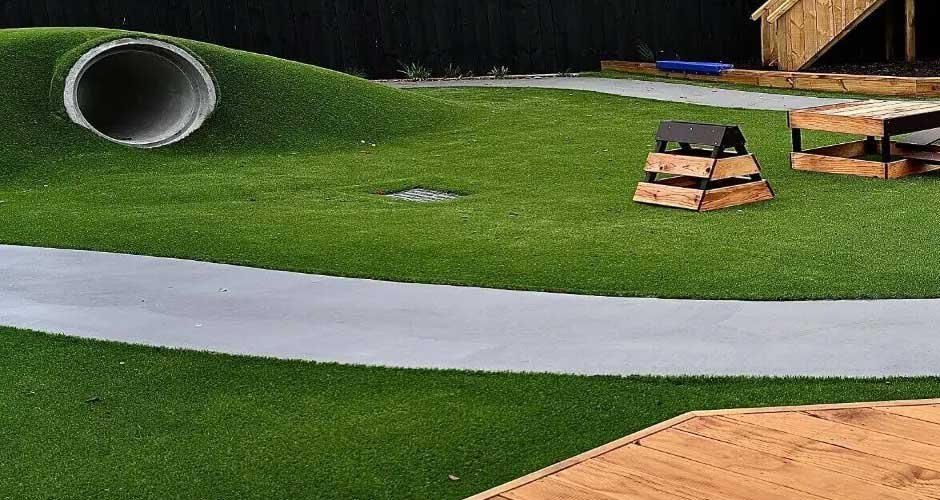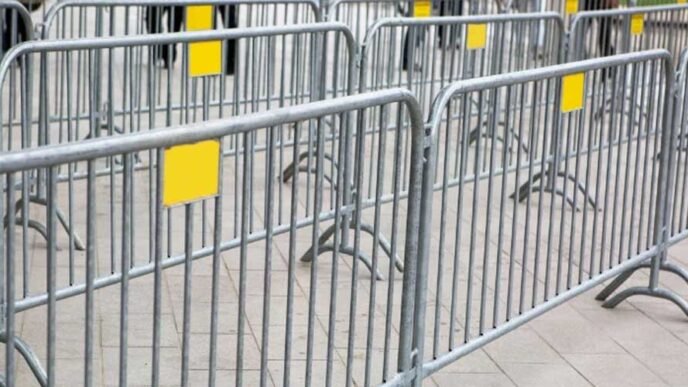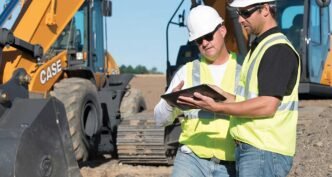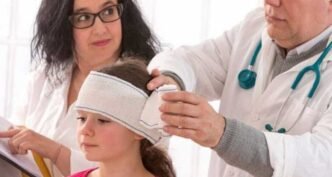Synthetic turfs offer soft, clean playgrounds designed with safety in mind. They don’t have loose materials that could pose a hazard that you may find in other playgrounds. If you want to provide a safer commercial or residential playground environment, synthetic grass is a good option. Here are five reasons why artificial turf is safer for play areas:
Lower the Risk of Trips and Falls
One benefit of artificial turf is its ability to remain level and consistent. A level surface reduces the risk of tripping and falling. Natural grass turf will eventually develop divots and holes, which can become potential trip hazards. Synthetic turfs use durable material installed on prepared bases to provide flat surfaces. Artificial grass suppliers compact the ground underneath the turf and optimize the drainage to keep the playground even throughout its use.
Although concrete, asphalt, and other hard-surface playgrounds might be level, they can cause injury if a child falls. Synthetic turfs feature padding and cushioning springs to absorb the shock on impact. They also use perforated backing to enhance drainage and prevent slipping on wet grounds. Install turfs with shorter yarns and pile heights to reduce the risk of tripping. Taller yarns look lush but are not suited to playgrounds and high-traffic areas.
Meet Fall Height Rating Requirements
Commercial playgrounds must meet fall height rating requirements set by the American Society for Testing Materials. These standards include providing sufficient cushioning to reduce the severity of fall injuries. To achieve this on your playground, install turf with enough padding, safer infill material, and the right thatch layer. Use foam padding or recycled rubber tires under the turf to provide enough shock absorption for each piece of equipment’s fall height.
The padding minimizes the risk of head trauma, broken bones, and other serious injuries from landing hard or slipping while running. The thatch layer and infill materials mimic the dead grass, ground cover, and debris in natural grass turfs. This layer cushions the synthetic turf and offers a softer fill than natural grass.
Reduce Allergens and Microbe Populations
One way to reduce the buildup of pathogenic microbes is to use synthetic turf with antimicrobial backing. This type of backing is used to combat common playground bacteria so children can avoid illness while they play. Wiping down play equipment and then rinsing off the turf can keep the playgrounds more sanitary.
Synthetic grass is also pollen-free, making it safe for children with allergies. Occasional cleaning also removes mud, dust, and debris. Install hypoallergenic turfs designed to reduce sneezing, itching, and other irritations.
Lower Chemical and Herbicide Usage
Artificial grass turfs don’t require fertilizer, herbicides, or pesticides to treat natural grass fields. The synthetic yarns are durable and remain green and lush for years without watering or special treatment. This helps keep the area free of weeds and other pests without the extra chemicals.
Cleaning synthetic turfs also doesn’t involve harmful chemical agents. The material used to make the grass is stain-resistant and doesn’t require harsh cleaning solutions. Wipe off stains as soon as you notice them, and use the recommended products for occasional washing with water. Rinse off the turf with enough water to drain away the cleanser. Complete routine raking and combing to remove twigs, leaves, and other loose debris.
Install Quality Artificial Turf Today
Artificial grass is softer than concrete, bark, and other playground fillers, making it a safe option for playgrounds. You can create a safe, attractive, and cost-effective commercial or residential playground with quality synthetic grass and professional installation. Speak to an artificial turf supplier today to learn more about synthetic grass turfs and playgrounds.












